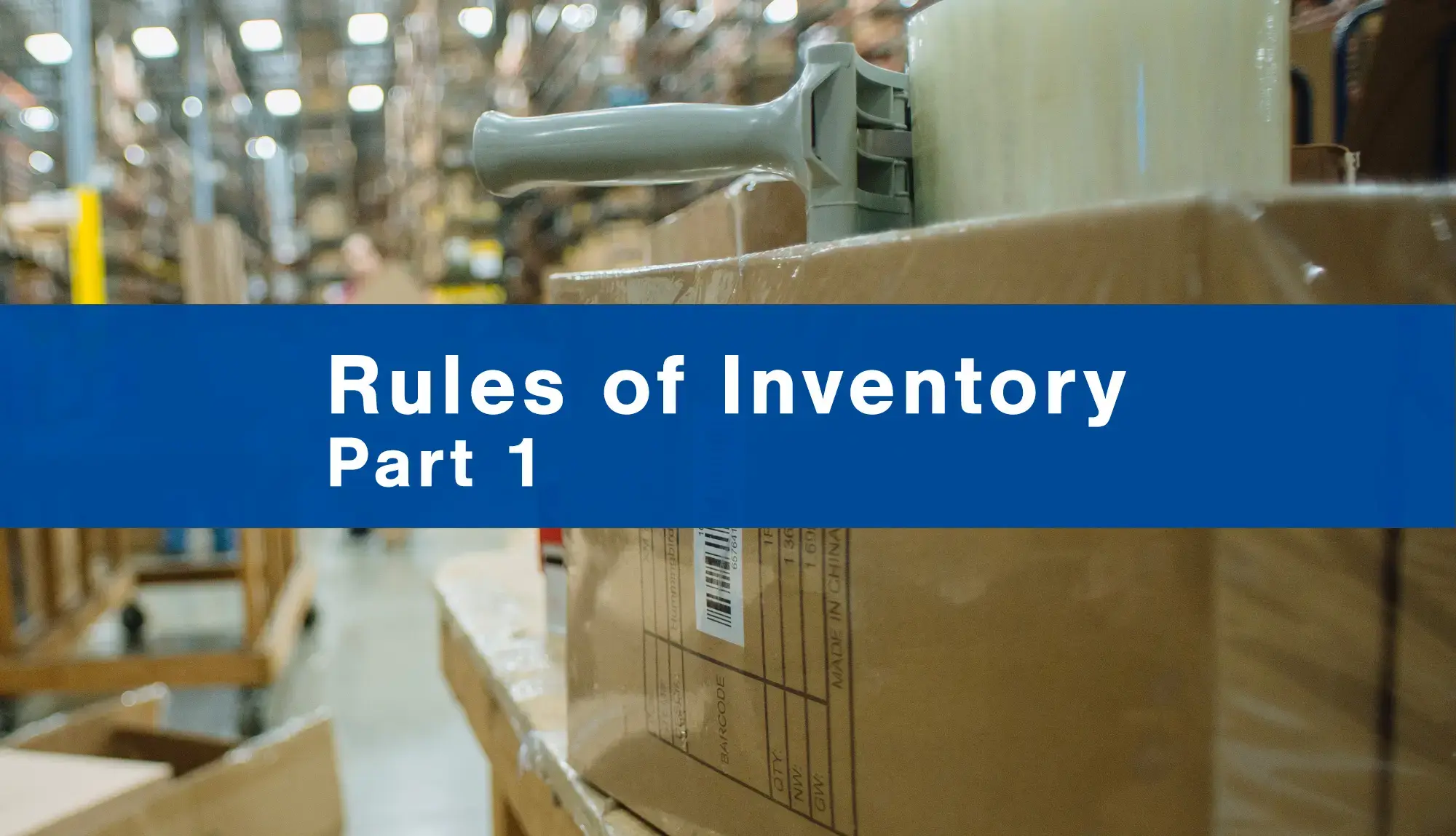Rules of Inventory #1: Have Enough to Service Demand

You need to carry inventory, and you’re wondering how much you should carry. It’s a common question, and it should have a simple answer. Unfortunately, the logistics industry has done merchants a disservice by taking the question to be a literal one about stock numbers. But items in your inventory are like money in the bank: the trouble happens when you don’t know how much you really have.
After spending years in the logistics game, the team at Infoplus has learned that, rather than a simple answer or formula, it’s better to think of rules that can be used to answer questions about inventory levels. These rules have grown out of a realization that there are roughly four places you can be with regards to your inventory...and three of them are not good.
That’s why Infoplus is publishing the series The First 3 Rules of Inventory. The first rule is an obvious one, but all-to-often ignored:
Have Enough Inventory to Service Demand
This rule is born out of the first issue you can have with your inventory: items that are Out of Stock or in Low Stock. If you want your business to thrive, you never want to be in this position. Here’s why.
In the past, when inventory ran out, companies would simply issue a backorder while they purchased or manufactured more items. Customers would then simply wait for the item to be in stock again.
But today’s consumer is used to a higher standard of service, brought on by the promises of Amazon.com and other large e-commerce retailers. This higher standard includes order processing within 24 hours, prompt shipping, and speedy delivery at low cost. Needless to say, consumers with these expectations do not tolerate backorders.
Case in point: A photographer ordered some supplies and equipment needed to shoot a wedding in the coming week. The order was placed far enough ahead of time, and was processed right away. The photographer was delighted when the package arrived two days before the wedding…until she opened the box and saw that it contained only two of the three items she had ordered. Instead of the third item, there was a back-order slip saying that the part would be available in another three months. What could have been a loyal customer suddenly became a disgruntled, angry, and vocal non-customer. (And, for every vocal customer that leaves, there are scores of non-vocal customers who leave as well, for the same reasons.)
Another example: A consumer is doing some last minute gift shopping for his partner, who is really into designer handbags. He finds an online store specializing in smart bags, and what luck! Not only do they have a great selection, but the company is locally owned and operated (which the couple appreciates). He takes a risk and places an order. But once the order clears his cart, he receives an email saying that his selection is backordered. He is immediately back online, seeing if they have the same handbag on Amazon. What would have been a fan quickly jumps ship for a more convenient option.
These example show that the question of how much inventory to carry is not just an academic exercise in coming up with some arbitrary number. It’s an ongoing analysis, in part to make sure that backorders like these do not happen. To prevent avoid backorders, you need to keep the right levels of inventory in stock in warehouse—and know precisely when those levels are getting low, with enough lead time to do something about it.
Of course, there’s the opposite problem as well: an overflow of inventory that is not moving. This brings us to the second inventory problem, and Rule #2: Don’t Overstock.
In the meantime, if you are interested in 3pl software solutions that can tackle some of these problems, and a demonstration of in action, contact us.
.png?width=225&height=60&name=Logo%20(7).png)


